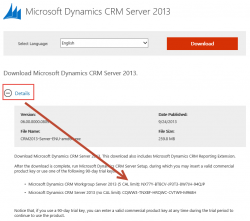
Dynamics 365 Apps are built on top of Common Data Service Citizenship in IT, 2019 edition If that’s the case, we should be able to install/uninstall Dynamics 365 Customer Engagement Apps at will, right? Yes. In theory. In the future. Decoupling Dynamics 365 CE from the underlying platform is a long and painful process. Our […]
 of the
of the



